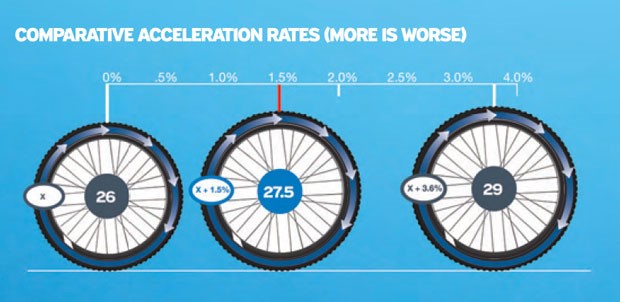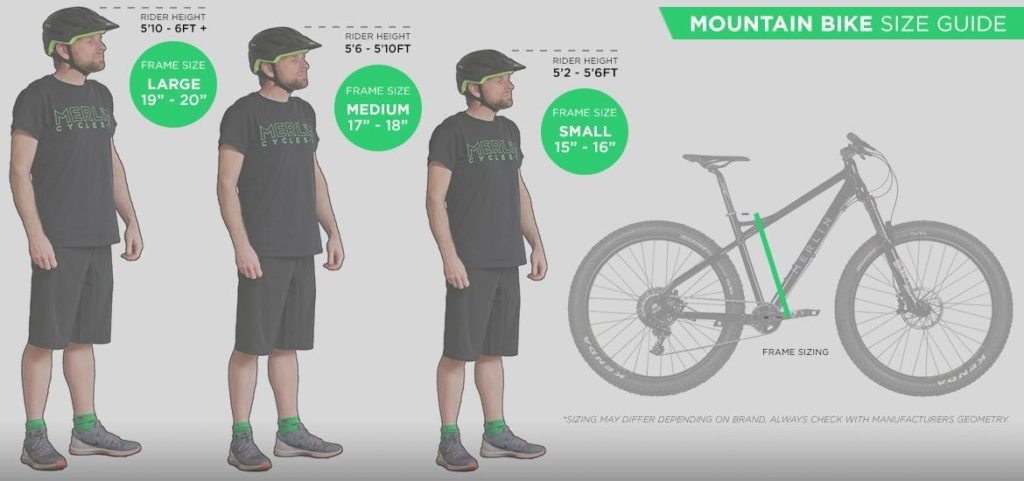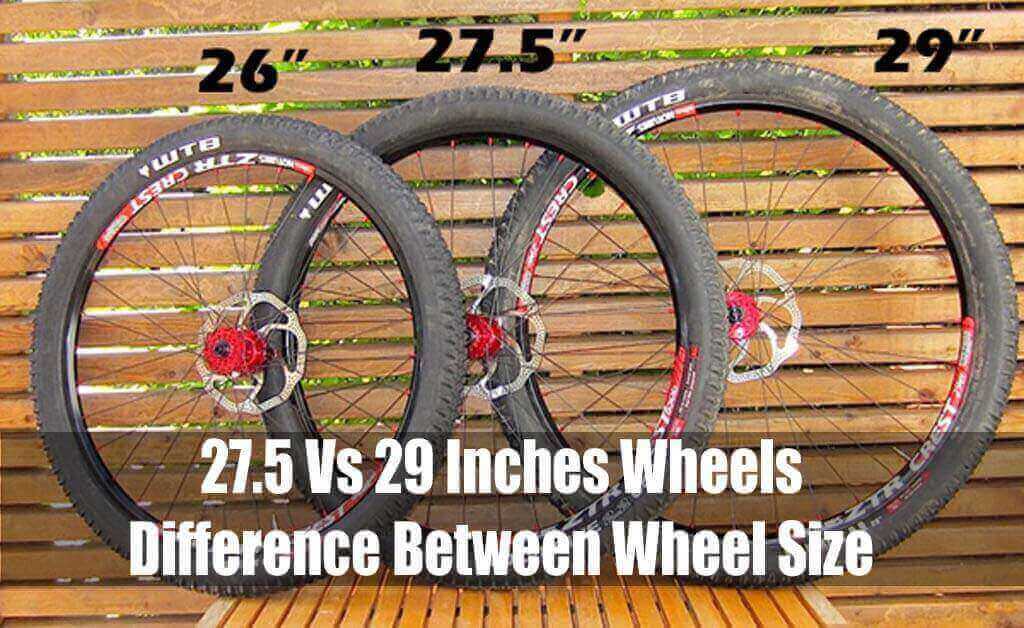Understanding the Role of Wheel Size in Mountain Biking
Wheel size significantly influences the performance of mountain bikes, playing a crucial role in stability, traction, and maneuverability. The three most common wheel sizes in the market are 26″, 27.5″, and 29″. Each wheel size caters to different riding styles and terrains, making it essential for riders to understand their unique characteristics before making a decision.
How to Choose the Right Wheel Size for Your Mountain Biking Adventures
Selecting the ideal wheel size for your mountain biking adventures is a crucial decision that depends on various factors. Consider your height, weight, riding style, and terrain preferences when making your choice. Cross-country riders typically prefer lighter and more maneuverable bikes, making 26″ or 27.5″ wheels a popular choice. Trail riders, on the other hand, may opt for 27.5″ or 29″ wheels to balance agility and stability. Enduro and downhill riders usually go for larger wheels (27.5″ or 29″) due to their increased traction and momentum on rough terrains.
Top Recommended Mountain Bikes with 26″ Wheels
While 26″ wheels have become less common in recent years, there are still high-quality mountain bikes available that feature this wheel size. These bikes offer agility and maneuverability, making them suitable for tight trails and technical terrains. Some top-recommended 26″ wheel mountain bikes include the Santa Cruz Chameleon, Kona Process 111, and the Trek X-Caliber.
Leading Mountain Bikes Featuring 27.5″ Wheels
Mountain bikes with 27.5″ wheels offer a balance between agility and stability, making them a popular choice for various riding styles and terrains. Some of the best mountain bikes equipped with 27.5″ wheels include the Specialized Stumpjumper, Giant Trance, and the Pivot Mach 4. These bikes are known for their versatility, responsiveness, and ability to handle diverse trail conditions, making them suitable for both intermediate and advanced riders.
Exploring the Benefits of 29″ Wheels in Mountain Biking
The popularity of 29″ wheels in mountain biking has grown significantly in recent years due to their numerous performance benefits. Larger wheels roll more efficiently over obstacles, maintain momentum better, and offer increased traction compared to smaller wheel sizes. These advantages make 29″ wheels particularly suitable for cross-country, trail, and enduro disciplines, where riders seek speed, stability, and confidence in various terrains.
Comparing Wheel Sizes: 26″ vs. 27.5″ vs. 29″
Choosing the right wheel size for your mountain bike is essential for optimal performance and enjoyment. Each wheel size has its unique advantages and disadvantages, making them more suitable for specific riding styles and terrains. Here’s an in-depth comparison:
- 26″ Wheels: These smaller wheels offer excellent maneuverability and are ideal for tight trails and technical terrains. However, they may not roll as efficiently over obstacles as larger wheels.
- 27.5″ Wheels: Balancing agility and stability, 27.5″ wheels are versatile and suitable for various riding styles and terrains. They handle diverse trail conditions well and are a popular choice for intermediate and advanced riders.
- 29″ Wheels: Larger wheels roll more efficiently over obstacles, maintain momentum better, and offer increased traction compared to smaller wheel sizes. They are particularly suitable for cross-country, trail, and enduro disciplines, where riders seek speed, stability, and confidence in various terrains.
Customizing Your Mountain Bike: Plus Sized, Fat, and Mid-Fat Wheels
Mountain biking enthusiasts seeking unique riding experiences can explore alternative wheel sizes, such as plus-sized, fat, and mid-fat wheels. These wheel sizes offer distinct advantages and applications in specific riding conditions:
- Plus-Sized Wheels: Ranging from 2.8″ to 3.25″ in width, plus-sized wheels provide increased traction, floatation, and stability on loose and technical terrains. They are well-suited for trail and enduro riding, offering a balance between agility and control.
- Fat Wheels: With widths of 3.8″ or more, fat wheels offer unparalleled floatation and traction on soft surfaces like snow, sand, and mud. Ideal for adventure and expedition riding, fat bikes provide a unique and immersive riding experience in various off-road conditions.
- Mid-Fat Wheels: Bridging the gap between standard and plus-sized wheels, mid-fat wheels typically measure between 2.6″ and 2.8″ in width. They provide a happy medium, offering improved traction and control without the added weight and rolling resistance of plus-sized wheels. Mid-fat wheels are suitable for various trail and enduro riding conditions.
Maintaining Your Wheels: Tips for Longevity and Peak Performance
Properly maintaining your mountain bike wheels is crucial for ensuring longevity, safety, and optimal performance. Here are some practical tips to keep your wheels in top condition:
- Tire Pressure Recommendations: Regularly check tire pressure and maintain it at the recommended level for your specific wheel size and riding conditions. Under-inflated tires can lead to poor performance, while over-inflated tires increase the risk of punctures and decreased traction.
- Wheel Truing: Periodically inspect your wheels for trueness, ensuring they run straight and true. A wobbly wheel can negatively impact performance and lead to premature wear. If you’re not comfortable performing this task yourself, consider seeking professional assistance.
- Spoke Tensioning: Maintaining the correct spoke tension is vital for wheel durability and performance. Loose spokes can cause the wheel to become misaligned or even collapse. If you’re unsure about how to tension your spokes, consult a professional mechanic or experienced rider for guidance.







